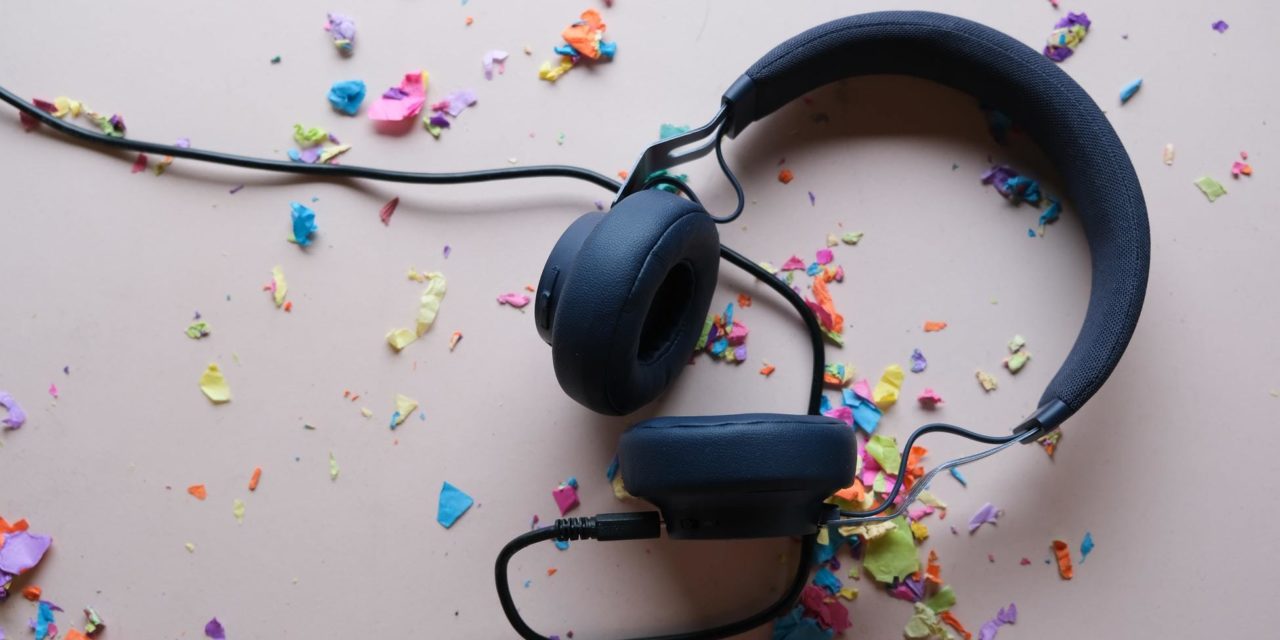[ad_1]
The Casio Privia PX-130 88-Key digital stage piano takes the portable digital piano to the next level with a great piano sound and a combination of features and technological enhancements. Through this review, you will discover the pros and cons and other important things you need to know about this particular digital stage piano model from Casio.
The first thing I noticed about the PX-130 when I sat down to play it is the sound – Casio really nails down that authentic grand piano sound. The next thing I noticed is the new scaled hammer action keyboard (88 notes and Tri-Sensor technology). After playing it for a while in the store I became aware of the other nice features such as a built-in metronome and two-track recorder together with a duet mode and other recording features like the built-in USB MIDI interface and the USB connection which enables you to save the songs you have recorded.
So here are my pros and cons of the Casio Privia PX-130…
Casio PX-130 Pros
As I mentioned earlier, PX 130 has a strikingly realistic grand piano sound and acoustic piano feel; both qualities that are always at the top of the list of any discerning piano buyer's list. With the Casio you really don't have to compromise as the PX-130 as you're going to get a terrific grand piano sound for very competitive and rock-bottom price.
Casio really delivers with the variety of their features you get 128 polyphony notes, 16 different built-in voices which can be combined or layered together with four available digital effects like reverb and other digital effects.
One last thing I'd like to mention is the library of 50 built-in classical and popular songs. This piano makes for a very amazing jukebox if you just want to sit back and entertain yourself with some classy background music.
Casio PX-130 Cons
Some people have found the keys a bit too heavy compared to equivalently priced Yamaha models. Normally though, all it takes is a few days of playing the PX-130 and your fingers will develop the necessary strength and you won't notice it anymore.
When I review pianos I always make sure to look at the back of the piano to see how many inputs and outputs there are. One potential problem is that there is no 1/4″ jack. You'll have to purchase a converter jack for one of the headphones if you want to send the signal to a professional external amplifier.
Another potential issue is one of durability; the model is made out of plastic which can be easily damaged or broken when mishandled or dropped from a 10 story building. So it's important that you handle it carefully or find a durable case to protect it while traveling.
The Casio PX-130 is Perfect For:
- Musicians who like to occasionally play live as you can take it with you anywhere
- Piano students who can practice at home as it has the built-in metronome to help them improve their piano technique and the ability to record one's performances for evaluation
- As an added bonus, it's also great for piano teachers as they can play with their student using the Privia's duet mode
Final Verdict
In many ways Casio has finally come up to the level of traditional digital piano manufacturers like Yamaha and Roland in terms of sound and playability except without the steep price. The Casio PX-130 88-key digital stage piano is a great buy for those who are looking for an affordable yet versatile digital piano they can bring with them anywhere.
My bottom line recommendation: the PX-130 gets top marks for overall sound quality and consumer value.
[ad_2]
Source by Christopher Braun

